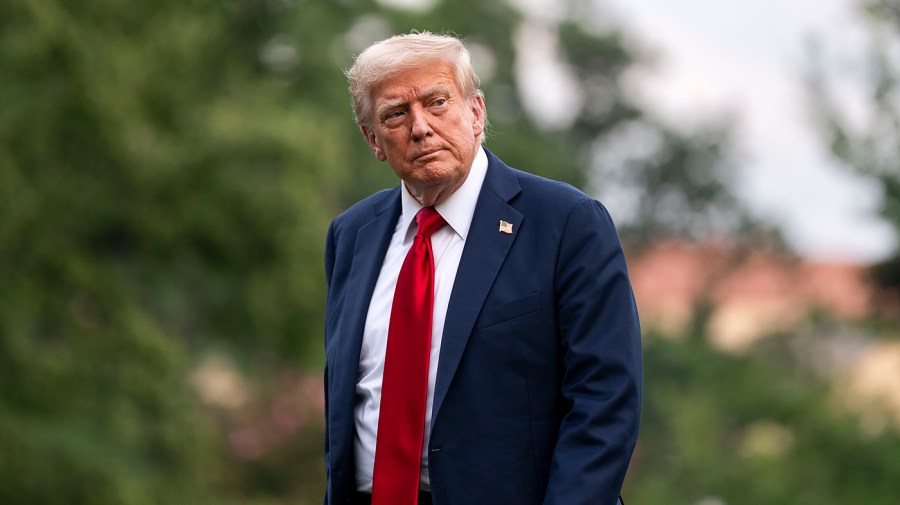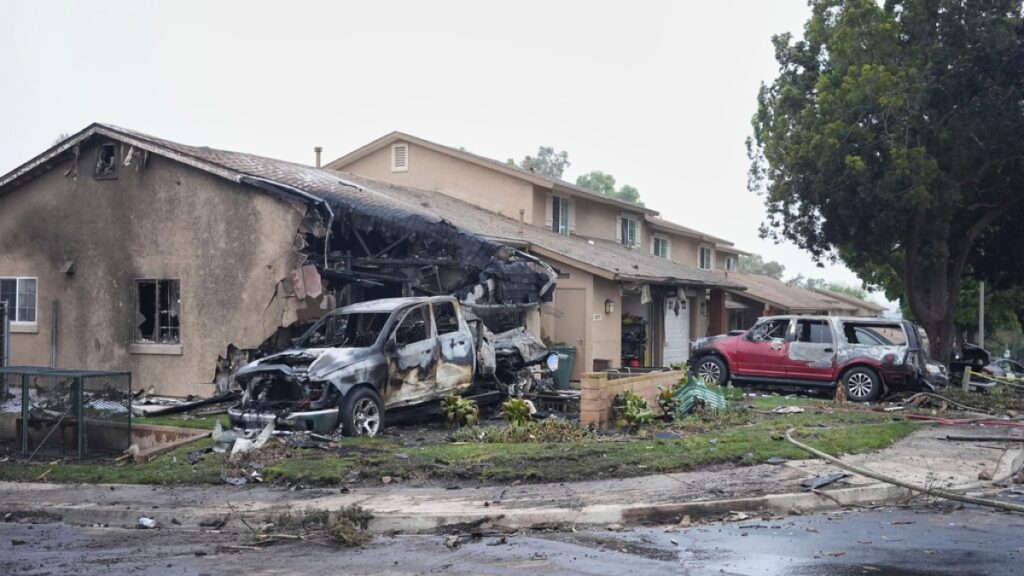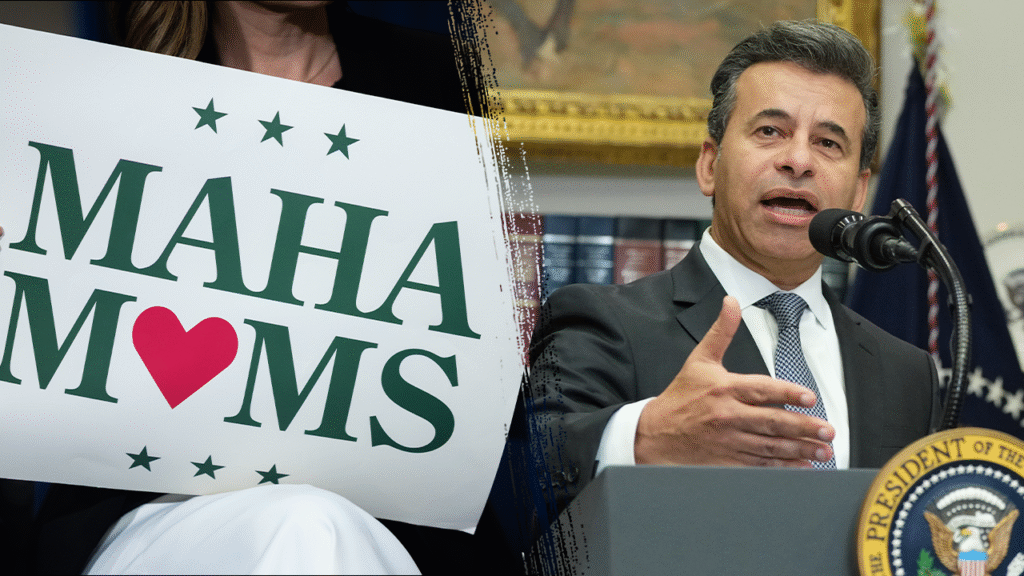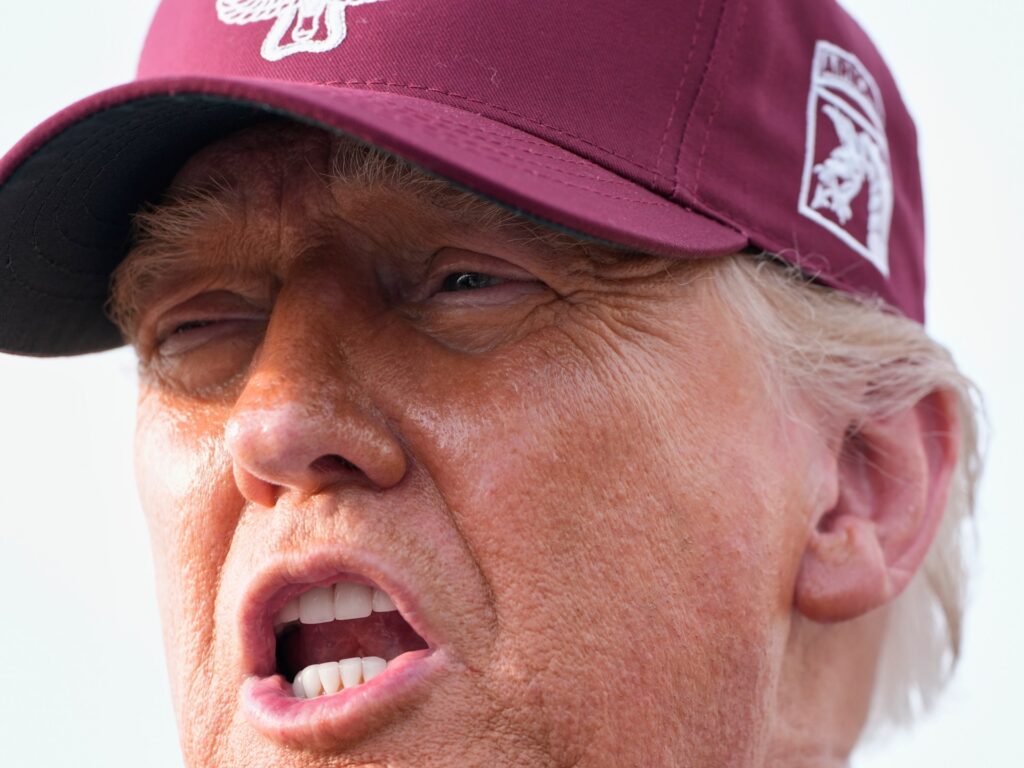]
President Trump moved to a more aggressive footing with Russia on Monday, promising to funnel weapons through NATO allies to Ukraine and threatening to hammer Moscow’s trading partners with sanctions.
Even though there is a lengthy hiatus of 50 days before those sanctions would take effect, it’s still a notable shift from the president.
Trump had long been skeptical of the pace and scale of U.S. aid to Ukraine.
It has been only a little more than four months since he and Vice President Vance had a famously fractious meeting with Ukrainian President Volodymyr Zelensky in the Oval Office.
In the aftermath of that meeting, where Zelensky was assailed for his supposed ingratitude and the weakness of his bargaining position, it seemed like the choking off of U.S. military aid to Kyiv was near-certain. That, in turn, would make a Russian victory in the war begun by President Vladimir Putin’s February 2022 invasion equally inevitable.
Now, the picture looks very different. Trump — for reasons that appear personal as much as strategic — has become increasingly irritated with Putin’s refusal to bring the war to an end.
On Monday, meeting at the White House with NATO Secretary-General Mark Rutte, Trump complained that he enjoys “very pleasant” phone calls with Putin only to see Russian “missiles go off that night.”
The accusation of double-dealing or disingenuousness on the part of Putin has become more of a centerpiece of Trump’s rhetoric recently.
On Monday, he contended that Putin “didn’t fool” him, even as he held that the Russian leader had pulled the wool over the eyes of past Presidents Biden, Obama and George W. Bush.
Just last week, Trump made a similar point in even more pointed terms, saying, “We get a lot of bulls‑‑‑ thrown at us by Putin, if you want to know the truth. He’s very nice all the time but it turns out to be meaningless.”
Now, of course, the question is how meaningful Trump’s own shift will be.
The most obviously substantive move is the provision of weapons — notably Patriot air defense systems.
The deal by which those, and other weapons, will be bought by European NATO members and then transferred on to Ukraine seems to resolve one central tension in the conflict. It enables Trump to vastly reduce the cost to the U.S. Treasury Department — and thus to U.S. taxpayers — of military aid to Ukraine, while bolstering Ukraine’s defenses and ameliorating the panic from U.S. allies in Europe that Trump’s isolation would invite greater Russian expansionism.
Referring to NATO allies, Trump said Monday, “We are going to be sending them weapons, and they’re going to be paying for them. We’re not buying it, but we will manufacture it, and they’re going to be paying for them.”
The Wall Street Journal, citing two unnamed sources familiar with the upcoming weapons transfers, reported that the package could be worth about $10 billion.
The Department of State says the United States has provided almost $67 billion in military assistance to Ukraine since Russia’s invasion.
The sanctions element of Monday’s proposal was a bit more vague.
Trump initially used the word “tariffs” to describe what he had in mind as a tactic to deepen Russia’s economic isolation. But it fell to Commerce Secretary Howard Lutnick to clarify that Trump was in fact suggesting the imposition of economic sanctions on Moscow’s trading partners.
Those sanctions are supposedly going to take effect if a peace deal is not arrived at within Trump’s 50-day time frame.
There are a few obvious caveats.
The most obvious is whether Trump will follow through given his propensity to move in unpredictable ways.
A second is whether Putin would try to persuade the president, during that period, that it is actually Ukraine that is being the more stubborn party.
A third mixed signal came even Monday, when Trump appeared lukewarm about the proposed congressional legislation that would ramp up sanctions on Russia directly.
Even so, it’s notable that the more hawkish members of the GOP, including Sen. Lindsey Graham (R-S.C.), have been vocally enthusiastic about Trump’s apparent shift.
There are, too, some in Republican circles who believe Trump’s instinctive isolationism has been diluted somewhat by the perceived success of the recent U.S. airstrikes against targets in Iran — strikes that resulted neither in any casualties for the U.S. nor created any serious danger of getting sucked into a longer war.
The American public also seems to have an appetite for tougher economic measures against Russia.
An Economist/YouGov poll last month found that 44 percent of Americans surveyed favored increasing sanctions on Russia and 19 percent wanted to maintain sanctions at their current level, while only 15 percent wanted to reduce or eliminate sanctions.
Much remains uncertain, including how Putin will react to Monday’s announcements. And, of course, the biggest vexing question is how many concessions either Russia or Ukraine are willing to make to end the war.
But Trump, long derided by critics for his softness on Putin, is this time taking a harder line than he ever has before.
The Memo is a reported column by Niall Stanage.








